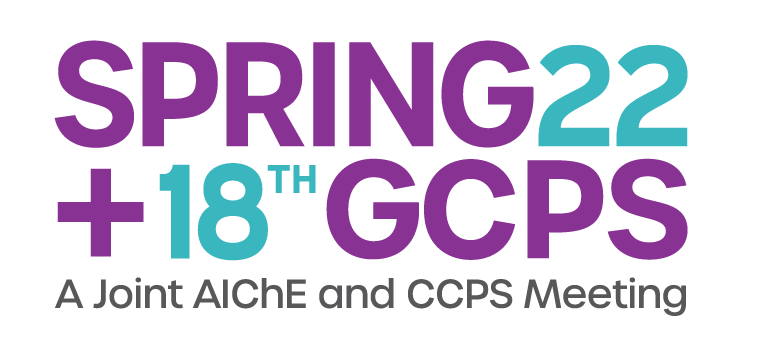

The STPA technique is a good fit for identifying the ways hazards can arise during transient operating states such as maintenance, start-up, or response to abnormal situation. It identifies unsafe or missing controls related to the transient mode needed to prevent an accident. It works off of a control structure of the transient mode versus procedures or P&IDs. A typical control structure can include components, humans, software, requirements, expectations (written and unwritten). Traditional PHA (Process Hazards Analysis) methods such as HAZOP or What-if will not provide the same perspective.
This paper will provide two examples of transient mode control structures, one for maintenance and one for response to abnormal situation, and show how to perform the STPA hazard analysis on those control structures to ensure the proper controls and constraints are identified to prevent an unwanted event.
Presenter(s)
Language
Pricing
Individuals
| AIChE Member Credits | 0.5 |
| AIChE Pro Members | $19.00 |
| Employees of CCPS Member Companies | Free |
| AIChE Graduate Student Members | Free |
| AIChE Undergraduate Student Members | Free |
| AIChE Explorer Members | $29.00 |
| Non-Members | $29.00 |
